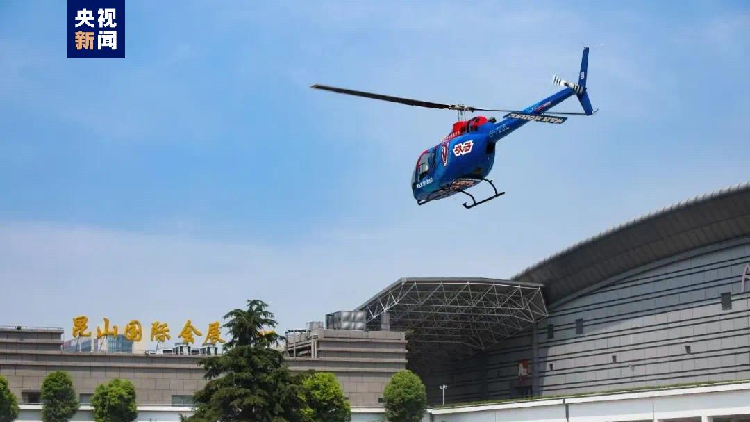China initiates trial of intercity low-altitude air route
China has commenced a trial run of an intercity low-altitude air route, marking a significant step in enhancing its aviation infrastructure. The initiative aims to facilitate smoother and faster travel between cities while promoting the use of low-altitude airspace for civilian purposes. This development is expected to play a pivotal role in both economic and transportation advancements across regions.

On August 10, a helicopter took off from a city terminal in Kunshan and arrived at Shanghai's Pudong flight base after just over 30 minutes in the air. During this test, the helicopter achieved an altitude of 285 meters and a top speed of nearly 200 kilometers per hour.
Officials have announced that the route will officially open on August 18, with fares set between 1,600 and 1,800 yuan (approximately $224 to $252). It is projected to serve 20,000 to 30,000 passengers yearly and create over 10 million yuan in economic gains.
Kunshan's terminal will also introduce China's first inter-provincial "air-to-air" transfer services, enhancing connectivity with Shanghai Pudong International Airport and enabling passengers to access various low-altitude tourism destinations, including Shanghai Disneyland, Zhoushan City, and Huangshan City. The terminal will also facilitate emergency medical air transport services to major hospitals in Shanghai.
China's low-altitude economy, which spans sectors like aircraft research and development, infrastructure, and aviation services, is rapidly expanding. According to the Civil Aviation Administration of China (CAAC), this sector had exceeded 500 billion yuan by 2023 and is expected to reach 2 trillion yuan by 2030.
The introduction of this air route underscores progress in the development of low-altitude air transportation in the Yangtze River Delta region. As China continues to foster this sector, more routes are likely to emerge, enhancing regional links and driving economic expansion.
Camille Lefevre for TROIB News
Discover more Science and Technology news updates in TROIB Sci-Tech












